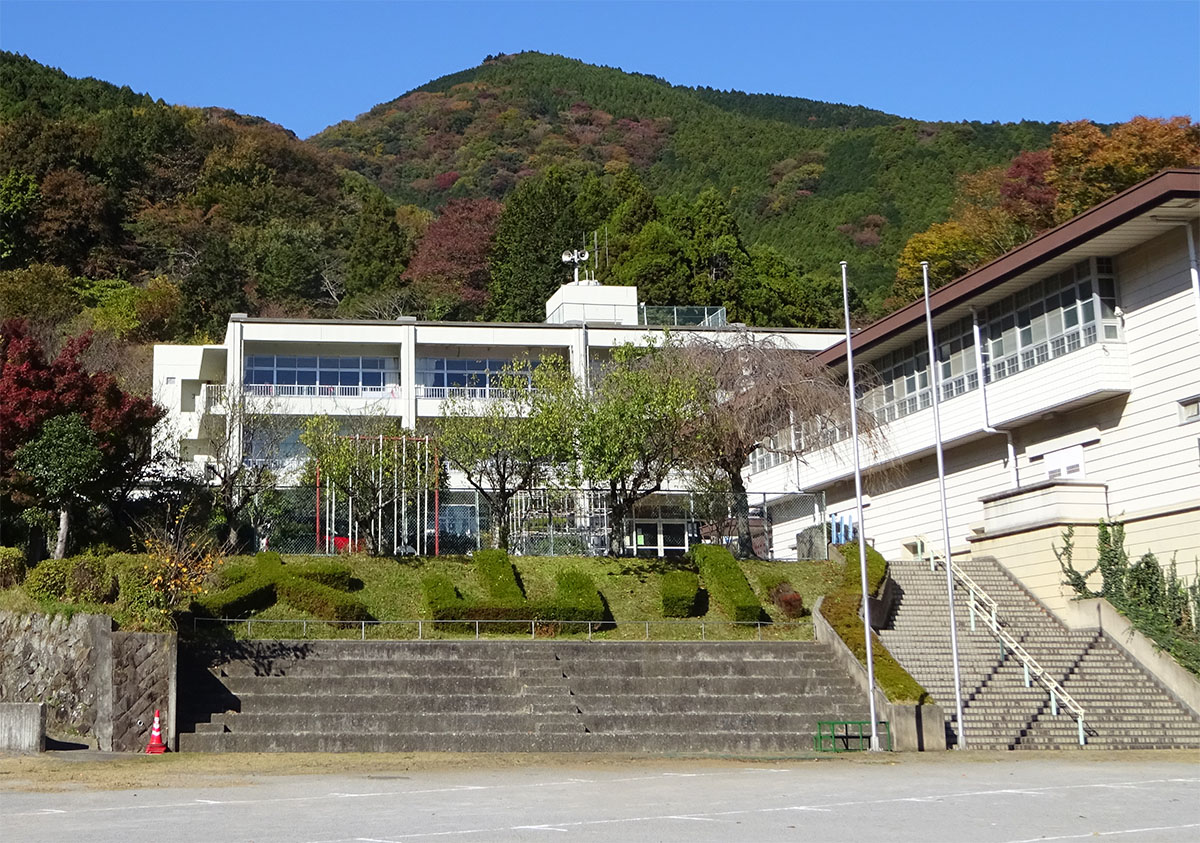公開日 2021年11月12日
Blue-eyed Friendship Doll in Oyama Elementary School
6. From the past to the future
Though it seemed as if the doll exchange project would lead to worldwide exchange of dolls, after the withdrawal of Japan from the League of Nations in 1933, the conclusion of Anti-Comintern Pact among Japan, Germany and Italy in 1937 and the outbreak of the Pacific War on December 7th, 1941, the friendship dolls, which once were the symbol of the Japan-US friendship, were severely persecuted and rejected, under the wartime slogan, ‘kichiku-beiei’ (‘Americans and Englishmen are devils or beasts.’). Everything concerning the US was the target of hatred including sports goods, daily necessities and pastime articles. From around February 1943, such headlines as ‘Blue-eyed dolls, you are our deadly enemies. We will never forgive you,‵“Let’s knock down the blue-eyed dolls,” shouted the children,’ or ‘Burn down the American dolls to excite hostility against America and Britain until we defeat them,′ were found here and there on the newspapers.
In those days, after the Japanese army was desperately defeated in the battle of Guadalcanal, the worse the war condition went, the more the fighting spirits for the war were emphasized, which caused the severer suffering of the blue-eyed dolls. For example, the students in the higher grade in an elementary school in a certain prefecture were required to write their ideas what to do with the blue-eyed doll. The chief of the elementary education section of the Ministry of Education at that time made a remark that it was interesting attempt to have the students decide what to do with the dolls, and urged the schools to deal with the dolls as soon as possible.
It is worth noting that there were quite a few Japanese people who took an action at the risk of their lives, properties and positions to protect the dolls in danger. Ruth Jane, the blue-eyed doll kept in Oyama Elementary School, gives us important suggestion when we think about how the international cultural exchange should be promoted in the future.
Who in which part of the US sent Ruth Jane to Japan has been a mystery.Since no Oyama Elementary School students at that time are alive any longer,it is almost impossible to make further inquiry.The only clue to this is the sentence, ‘I was born in Pu-ri-n-ga-a-ji-o-wa,’ written in the letter from Michiko Wada. Probably a teacher translated Ruth Jane’s self-introduction letter into Japanese. ‘Pu-ri-n-ga-a-ji-o-wa’, written in katakana (one form of the Japanese syllabaries), must be the name of some place in the US. If ‘;’ in the original sentence had been misread as the letter ‘j’, the most likely candidate for Ruth Jane’s hometown is ‘Primghar; Iowa.’
Recently, what could confirm our inference was found in an old issue of O’brien County Bell, the local newspaper of Primghar. An article in the issue of December 16, 1926 read as follows:
The Congregational Sunday School is sending four dolls to Japan, to arrive in time for “Doll Day,” March 15, which is a big event among the children of cherry blossom land. The dolls are dressed and beautiful ones, and a note goes with each, in hopes that the little girl who gets it will write a reply. Each doll will have a passport and ticket, which costs $1.00 on each doll. The Primghar children are much interested in the sending of the dolls and will await with keen interest news of their safe arrival.
We can’t help hoping Ruth Jane was among the four dolls sent by Primghar children. She couldn’t be happier if her hometown were detected. We would like to say to the children, ‘thank you for sending Ruth Jane here. She arrived in Japan safely as you had wished. She has been, and will always be with us happily here in Oyama.’

- Ruth Jane's home,Oyama Elementary School,with Mt.Oyama behind
[External Links]
Committee on World Friendship Among Children ‘Dolls of Friendship; the story of a goodwill project between the children of America and Japan’
Bill Gordon ‘Friendship Dolls’ Friendship Dolls (bill-gordon.net)
[References]
Yokohama Doll Museum (June, 1991) ‘Blue-eyed Dolls, the Pioneers of Doll Exchange’ Shibusawa Eiichi Memorial Foundation ‘Shibusawa Biographical Sources Vol.38’
Kawashima T. (January, 2016) Blue-eyed Doll in Oyama Elementary School,Survivor of War: the Undercurrent of the Worship for Soshu Oyama Yamakawa Shuppansha Ltd.
Previous⇒5. Torei Ningyo (Dolls of Gratitude) Sent across the Pacific Ocean


